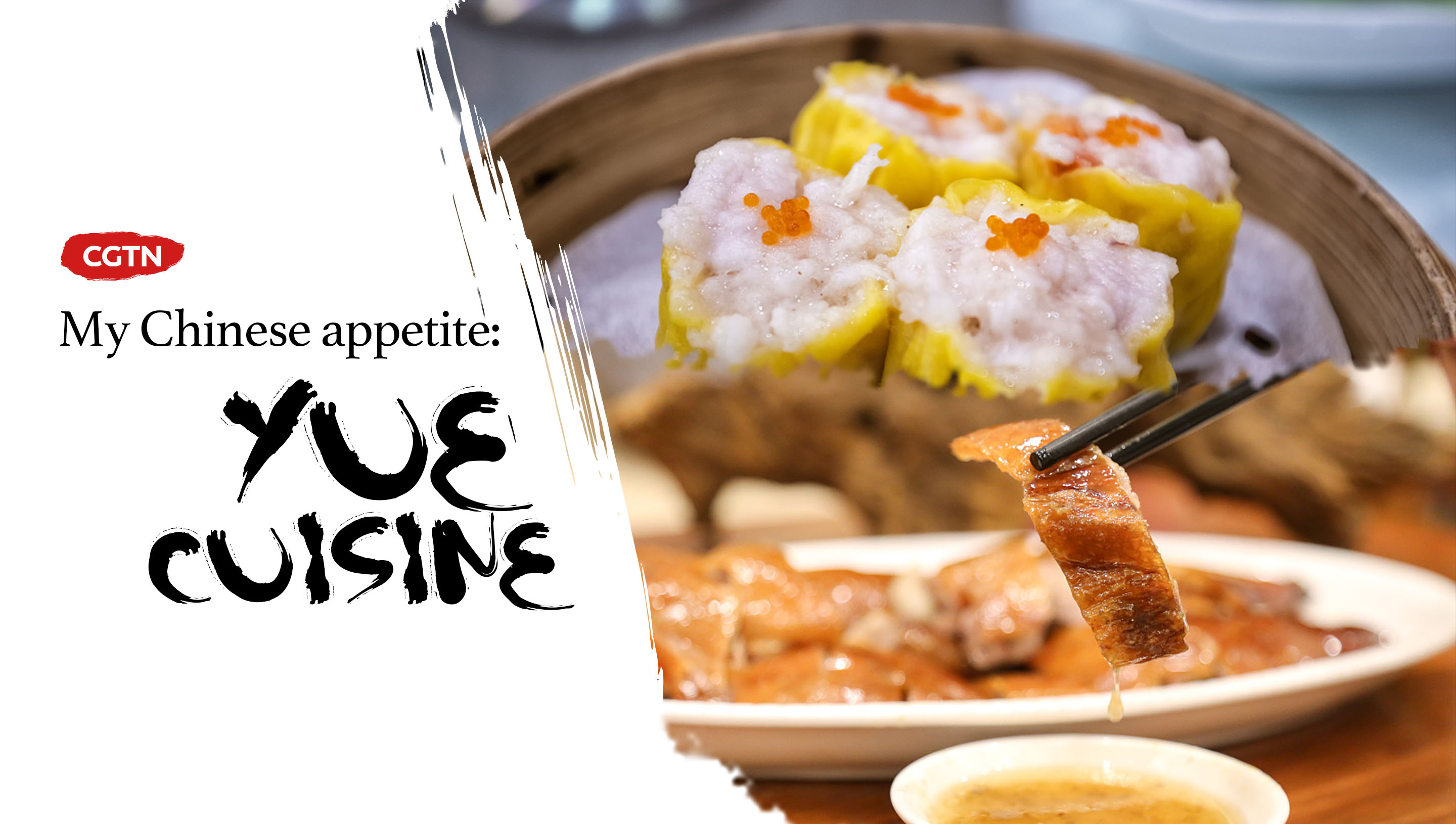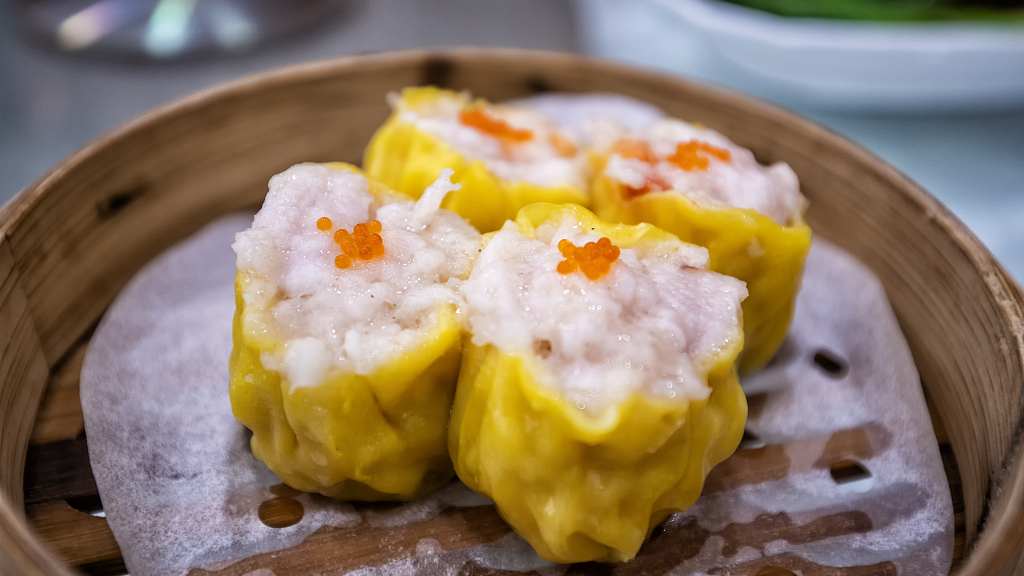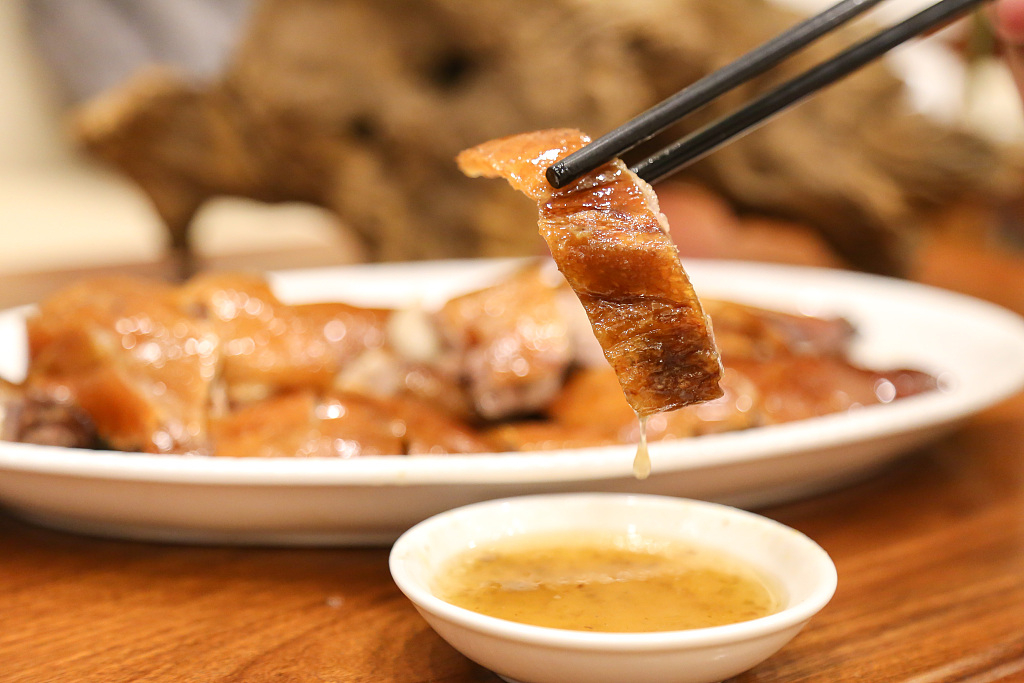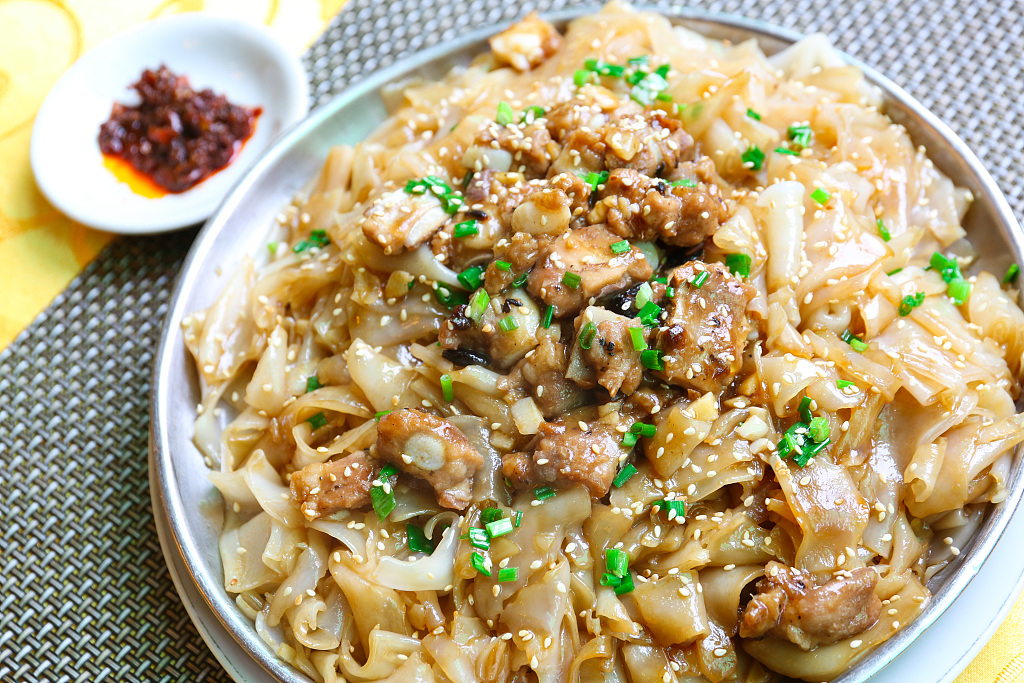

China's 'Eight Cuisines'
China has had a long culinary history. In the Shang and Zhou Dynasties (1600-221 B.C.), Chinese cuisine was well developed in terms of cooking methods and dishes taken as part of culture.
Four of the "Eight Cuisines" were publicly recognized as the most mature cooking styles in the early Qing Dynasty (1644-1911), which can be found in recorded Chinese history in a book “Qing Bai Lei Chao.” They consist of the Lu cuisine, which originated from today's Shandong Province; the Yue cuisine, also known as the Cantonese cuisine, originated from Guangdong Province; Chuan cuisine, nurtured by its birthplace in Sichuan Province; and Su cuisine, from today's eastern coastal province of Jiangsu.
In culinary culture, one can easily find the wisdom and tastes of people who have unlocked the challenges of the unpleasant side of local weather, and the technique of making good use of local ingredients for cooking. The tastes have gone on to make further impact, some even shaping the personalities of the people who invented them.
CGTN presents you with their signature dishes and cooking methods, should your taste buds and stomach start to whisper, “My appetite feels a little Chinese today.”
Yue Cuisine
Yue cuisine is also named Cantonese cuisine, born in what's now China's southern Guangdong Province. Located in the subtropical zone, with rich coverage of greens, it is naturally gifted with versatile farming products, or in other words, ingredients for cooking. It's capital city, Guangzhou, became a portal city in China in the Tang Dynasty (618-907); therefore culinary culture of many kinds flourished in Guangzhou and its style was by no means left behind.

Dim sum. /VCG Photo
Dim sum is a typical snack in Yue cuisine. It prevails across the world with various transformations suited to local tastes, but none too far away from their origins. It is prepared in small-sized portions and served in steamer baskets or small plates. It is a Cantonese tradition to enjoy dim sum with tea.

Roast goose. /VCG Photo
The goose can be braised or roasted in Yue cuisine. Either way, the taste of the dish is supposed to maintain the natural flavor of the ingredients, with tenderness and freshness being the two important selection criteria for meat.
A good marinade is the key to flavoring the goose, with herbs, ingredients and sauces all mixed in different proportions from chef to chef and house to house. After washing and drying the goose meat, it should be marinated for half an hour before being soaked in salty water. The marinating process brings out the essence of its taste. After marinating, the meat should be left to dry for about five hours, before being boiled, soaked in cold water, and heated to completion of this dish.

Chao He Fen. /VCG Photo
"Chao he fen" means stir-fried rice noodles, or in the pronunciation of Cantonese, " chew hor fun." It is a staple dish in Yue cuisine, commonly seen not just in China, but in Chinese restaurants over the world. The rice noodles are usually fried with beef, bean sprouts, sauce, and other seasonings.

Copyright © 2018 CGTN. Beijing ICP prepared NO.16065310-3
Copyright © 2018 CGTN. Beijing ICP prepared NO.16065310-3